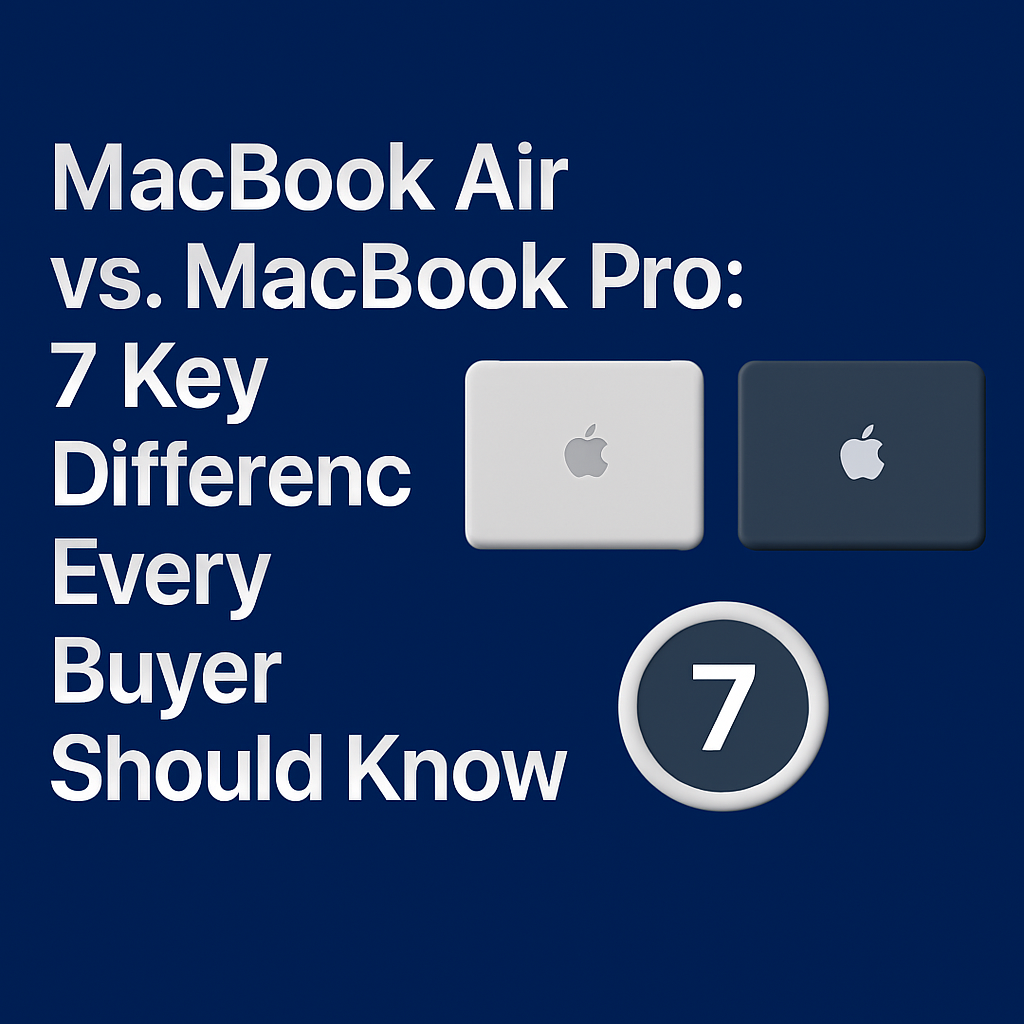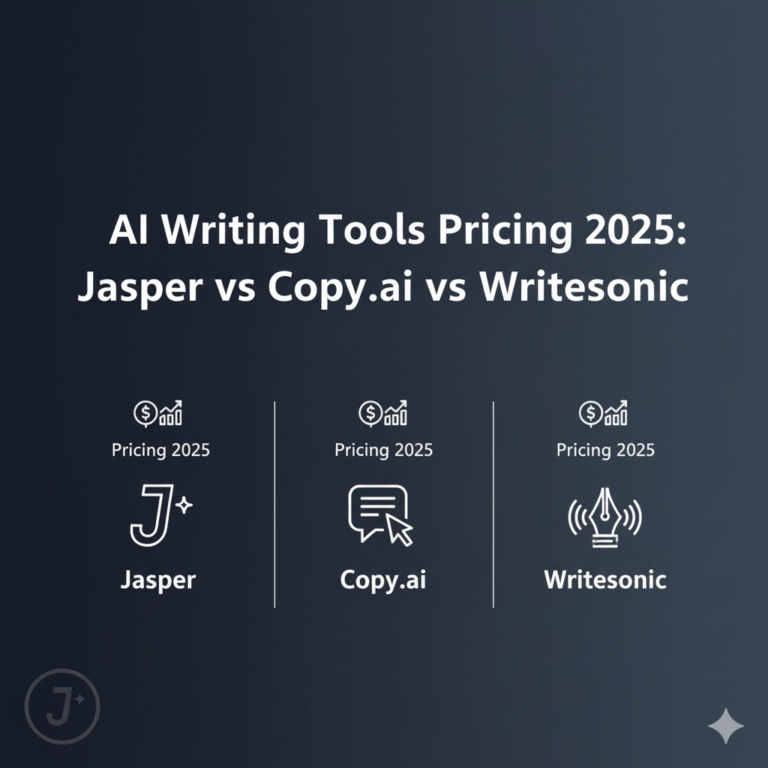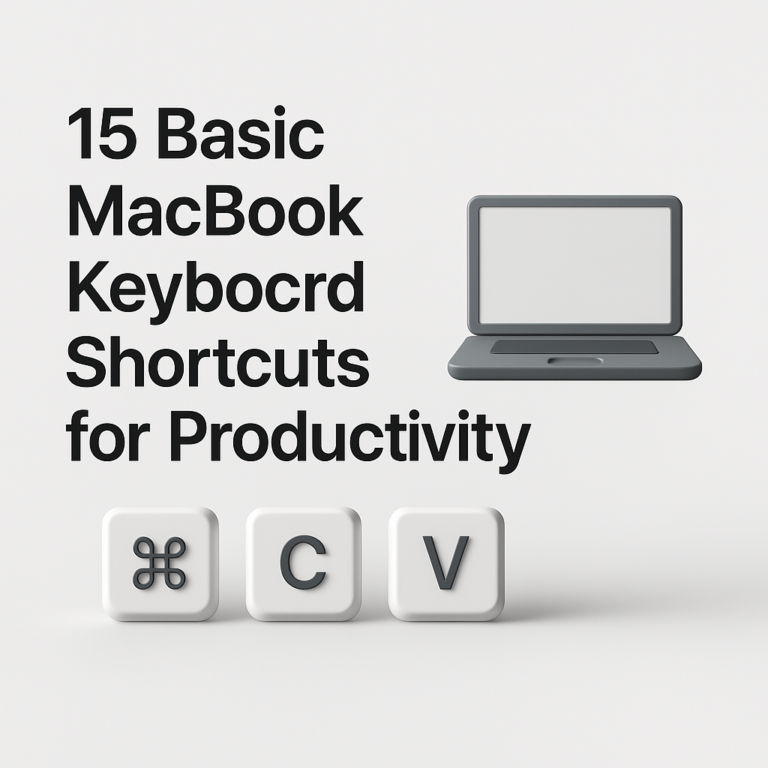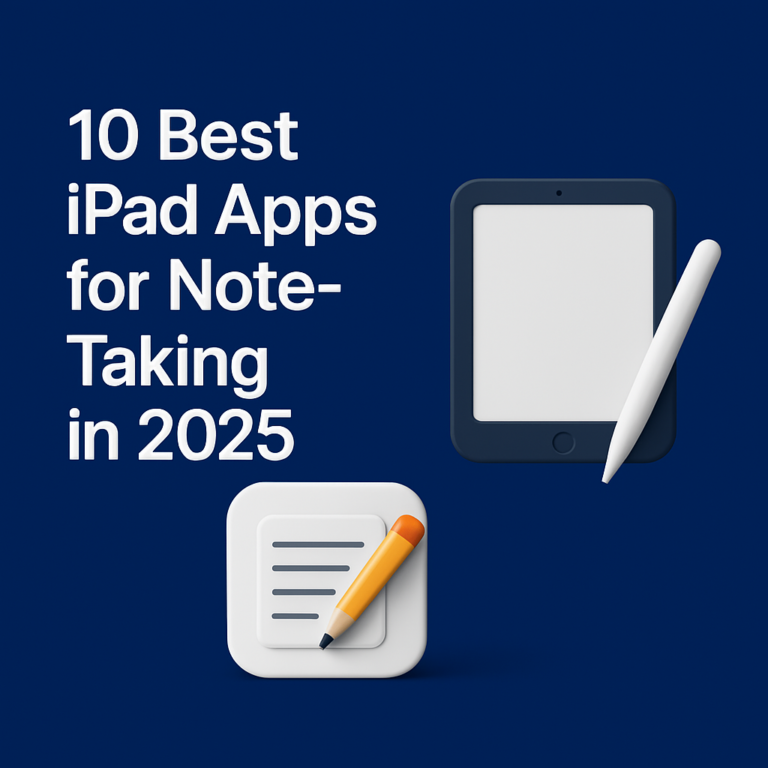MacBook Air vs. MacBook Pro: 7 Key Differences Every Buyer Should Know
Did you know that nearly 70% of first-time Apple laptop buyers wrestle with one big question — MacBook Air or MacBook Pro? This decision isn’t just about choosing a laptop. It’s about investing in a tool that shapes your work, study, and creativity every single day.
Apple makes two iconic laptops that look similar from a distance. But under the surface, their differences can dramatically impact your experience. In this guide, we’ll break down the 7 key differences that help buyers like you pick the perfect MacBook. Whether you want something ultra-light for everyday tasks or a performance beast ready for creative heavy-lifting.
What Are the MacBook Air and MacBook Pro?
Apple’s MacBook Air is famous for its featherlight design and quiet operation. Think of it like a sleek, portable notebook that gets everyday work done effortlessly. The MacBook Pro, in contrast, is built for power user, like a compact workstation designed to handle intensive software, video editing, coding, and multitasking with ease.
Why does this comparison matter? Because a mismatched laptop means frustration. Maybe you want something portable but end up with a heavy device. Or maybe you save money but face performance issues later. Understanding their differences can help you avoid that regret.
Display and Visual Quality: Where Your Content Comes to Life
The screen is where you’ll spend most of your time. MacBook Air models feature a Liquid Retina display with a resolution of 2560×1664 pixels at 224 pixels per inch (ppi). It’s crisp and color-rich — perfect for students, writers, and casual users who enjoy browsing, streaming, and light creative work.
But the MacBook Pro takes visuals to a whole new level with its Liquid Retina XDR display. It delivers a stunning 254 ppi resolution, mini-LED technology, up to 1600 nits peak brightness, and ProMotion technology with up to 120Hz adaptive refresh rate. This is vital for:
- Video editors working with HDR content.
- Photographers demanding color accuracy.
- Designers wanting ultra-smooth visuals.
If your work involves editing 4K video, high-res photo work, or graphic design — the MacBook Pro’s display is a game-changer.
Design and Portability: Slim vs. Solid
The MacBook Air stands out for its ultra-thin, fanless design, weighing just 2.7 pounds. It’s the lightest MacBook, built for mobility. Slip it into a backpack, carry it around campus, or work from a café — it’s effortless.
The MacBook Pro, however, weighs more — starting at 3.5 pounds for the 14-inch model. This extra weight comes from the active cooling system (fans), a more robust chassis, and additional ports.
Which should you choose?
- On-the-go users who value ultra-light mobility will love the Air.
- Creatives or professionals working at desks or studios will appreciate the Pro’s stronger build and cooling advantages during long sessions.
Performance and Processing Power: Everyday Speed vs. Pro-Level Muscle
Apple’s latest MacBook Air is powered by the M4 chip — a fast and efficient processor perfect for typical daily use: web browsing, video calls, word processing, light photo editing, and app usage.
The MacBook Pro comes with the M4 Pro or M4 Max chip options, delivering dramatic leaps in processing power. These chips feature higher core counts, better multi-threading, and advanced cooling that allows sustained high performance without throttling.
Here’s when the Pro’s power really matters:
- Running Final Cut Pro for video editing.
- Working with Xcode for app development.
- Handling large music production projects in Logic Pro.
Benchmark results show the MacBook Pro easily outpaces the Air in multi-core processing tasks, graphics rendering, and sustained workloads — a key reason creative professionals lean towards the Pro.
Graphics Performance: Simple Visuals vs. Professional Rendering Power
Graphics capabilities separate these laptops even further. The MacBook Air’s integrated GPU is solid for casual gaming, photo editing, and everyday visuals.
But the MacBook Pro steps up with advanced GPU cores — especially in the M4 Max models, which offer up to 40-core GPU configurations. This makes a huge difference when:
- Rendering complex 3D models.
- Editing 8K video content.
- Using graphic-intensive applications like Blender or Adobe After Effects.
If your work depends on visual horsepower, the MacBook Pro’s graphics capabilities will save you time and improve your workflow.
User Experience: Keyboard, Trackpad, and Everyday Feel
Typing comfort matters more than people think. The MacBook Air and MacBook Pro both feature Apple’s Magic Keyboard, delivering a responsive, comfortable typing experience.
However, the Pro models stand out with their larger Force Touch trackpad and — in some models — the unique Touch Bar, which offers customizable controls for various applications.
Here’s what matters for you:
- The Air feels light and breezy — ideal for casual writing, emails, or study notes.
- The Pro provides a premium tactile experience — especially appreciated during long writing or coding sessions.
Battery Life: Long-Lasting vs. Endurance Beast
Battery performance is another critical factor.
- MacBook Air offers up to 18 hours of battery life for typical use.
- MacBook Pro can stretch up to 20-22 hours, depending on the configuration and tasks.
While both laptops offer all-day battery life, the Pro model maintains performance even when handling intense tasks like video rendering or software development.
For travelers or remote workers, the Air provides enough endurance for most tasks. For heavy users, the Pro’s longer stamina under pressure provides peace of mind.
Storage Options and Port Selection: Minimalism vs. Maximum Flexibility
MacBook Air offers SSD storage options up to 2TB — suitable for everyday files, media libraries, and documents.
MacBook Pro pushes this further with storage up to 8TB — essential for creatives handling large media projects.
Port selection is another key difference:
| Feature | MacBook Air | MacBook Pro |
|---|---|---|
| Thunderbolt Ports | 2 | Up to 3 |
| HDMI Port | No | Yes |
| SD Card Reader | No | Yes |
Creative professionals often prefer the Pro because of these additional ports, which make connecting external displays, SD cards, and accessories seamless.
Which MacBook is Right for You?
Choosing between the MacBook Air and MacBook Pro comes down to one question: What do you need your laptop to do every day?
Choose MacBook Air if:
- You want ultimate portability.
- Your tasks are lightweight — writing, browsing, streaming.
- You’re a student or casual user valuing affordability.
Choose MacBook Pro if:
- You need powerful performance for creative work.
- You handle large files, media editing, or development work.
- You want more ports and storage flexibility.
The right choice is the one that matches your lifestyle and workflow. No laptop is perfect for everyone — but with this guide, you’re now equipped to choose the MacBook that’s perfect for you.







